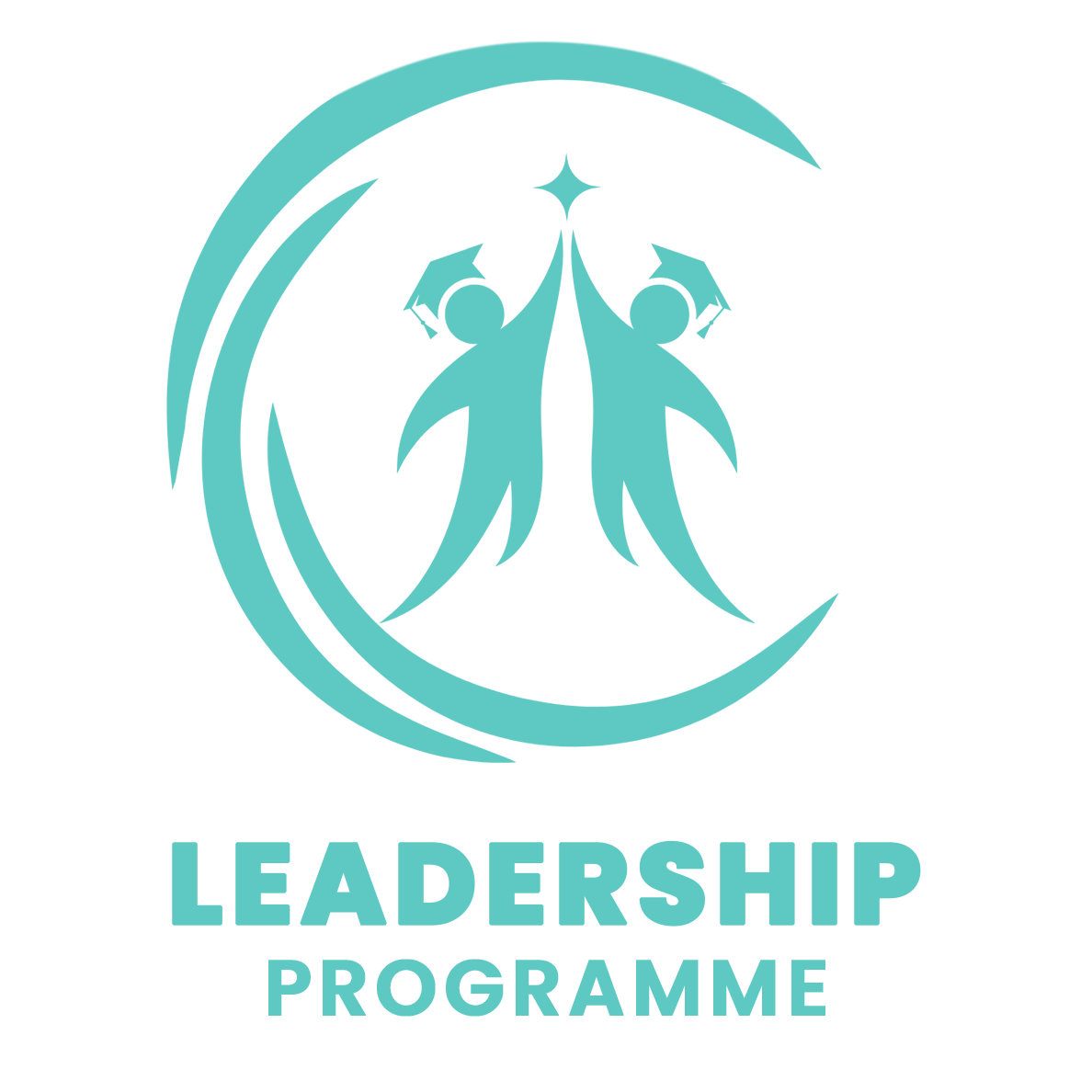
International policies and different cultures
Cultural variety has aesthetic, moral, and practical relevance since it is a representation of human creativity, an embodiment of human strivings, and synthesis of humanity’s collective experience, among other things. In response to the fast growth of communication and transportation technologies, the contemporary world is characterized by the compression of space and time. Owing to the growing complexity of social interactions and the increasing overlap between individual and collective identities, cultural variation has arisen as a significant source of worry, both as a resource that must be safeguarded and as a tool for attaining long-term development. This is due to the fast globalization processes that have occurred.
With the danger of cultural diversity on the rise, the international community has responded by adopting a slew of binding and non-binding instruments covering a broad spectrum of cultural expressions. Historic and natural locations, physical and intangible legacy, artistic and intellectual property are some examples of what is meant by cultural expressions and intellectual and artistic property. As for manifestations of humanity’s collective history, these works of art are committed to conserving and spreading such testimony to human ingenuity and inventiveness. Although it is concerned with the phenomena of cultural variety in general, as well as the many elements of it, its primary focus is on the subject of intercultural interaction, which is a related issue. Interdependence of cultural variety and discussion has resulted in a situation where the preservation of cultural diversity is directly related to the capacity to initiate discourse. The formation of intercultural discussion (also known as a dialogue between cultures) is the ultimate challenge of cultural variety.
The different types of inclusion policies in education and international schools
A concept of a “culturally inclusive school” is used as a starting point to develop the suggestions. The recommendations draw on the work of young leaders, practitioners, and policy-makers involved with the IB project for inspiration and ideas. Research results from numerous countries in Europe and elsewhere have informed the development of the model, which was refined in light of information gathered as part of the IB project and input from policy-makers and practitioners. The boxes around the perimeter of the school represent the school’s surrounding environment, which includes the legal, policy, and financial environments, as well as support from the surrounding community. There is an example of excellent practice in a culturally inclusive school inside each of the four circles.
Schools cannot operate in a vacuum; they need the support of a favorable legal, regulatory, and financial framework and the support of the communities they serve. The establishment of a proper legal framework is necessary to guarantee that policy-makerss and practitioners can handle issues of inclusion and diversity and the integration of immigrant groups. As a means of keeping governments and educational institutions responsible, it is also used. Some of the IB partner countries, but not all, have put in place a structure to address this issue.
Inclusion and diversity in the curriculum
Governments aiming to assist migrant students should significantly emphasize developing curricular standards that promote inclusion and diversity. Importantly, to guarantee that all students have equal access to the curriculum and that all students benefit from it, it is necessary to ensure that evaluation mechanisms are in place that can be utilized to track and monitor the growth of migrant children. It is critical that schools adhere to racial equality regulations, provide a diversified curriculum, and enhance academic standards for all students, which is why inspection mechanisms and frameworks are in place. Despite their commitment to inclusion and diversity in the curriculum, there is a significant misalignment between policy and practice in many nations. There are very few examples to draw on when it comes to accurately tracking the growth and achievement of diverse groups of migrant learners. A secondary goal is to develop an inspection framework that considers diversity, inclusion, and inclusionary practices.
In the curriculum declarations of several International Baccalaureate (IB) partner countries, such as Spain, Malta, Portugal, Scotland, Netherlands, Wales, England, and Belgium, it is specifically stated that the curriculum must include a varied variety of viewpoints. Greek authorities took a somewhat different strategy to foster intercultural education. Regarding diversity, several IB partner nations have included some aspects of citizenship education into their curriculum, which is a positive step toward promoting global citizenship. In Spain, for example, citizenship and human rights education are included in the curriculum. Students will be allowed to think about, analyze, and learn about the key features and functioning of democratic regimes via the content of the lesson plan. Apart from that, it instills in youngsters the fundamental principles that sustain democratic citizenship globally.
Tag:education





